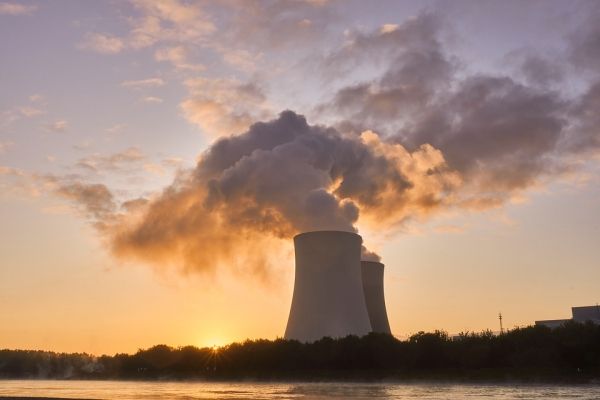A big advance in carbon capture technology could provide an efficient and inexpensive way for natural gas power plants to remove carbon dioxide from their flue emissions, a necessary step in reducing greenhouse gas emissions to slow global warming and climate change.
Developed by researchers at the University of California, Berkeley, Lawrence Berkeley National Laboratory and ExxonMobil, the new technique uses a highly porous material called a metal-organic framework, or MOF, modified with nitrogen-containing amine molecules to capture the CO2 and low temperature steam to flush out the CO2 for other uses or to sequester it underground.
In experiments, the technique showed a six times greater capacity for removing CO2 from flue gas than current amine-based technology, and it was highly selective, capturing more than 90% of the CO2 emitted. The process uses low temperature steam to regenerate the MOF for repeated use, meaning less energy is required for carbon capture.
“For CO2 capture, steam stripping — where you use direct contact with steam to take off the CO2 — has been a sort of holy grail for the field. It is rightly seen as the cheapest way to do it,” said senior researcher Jeffrey Long, UC Berkeley professor of chemistry and of chemical and biomolecular engineering and senior faculty scientist at Berkeley Lab. “These materials, at least from the experiments we have done so far, look very promising.”
Read more at University of California - Berkeley
Photo Credit: distelAPPArath via Pixabay


